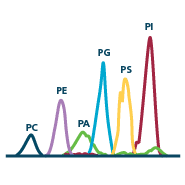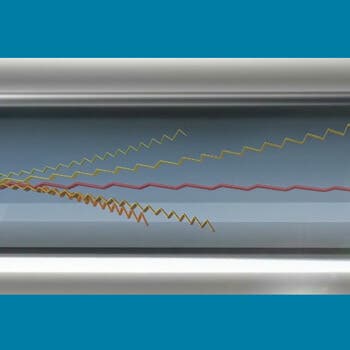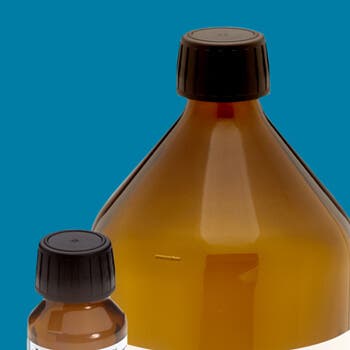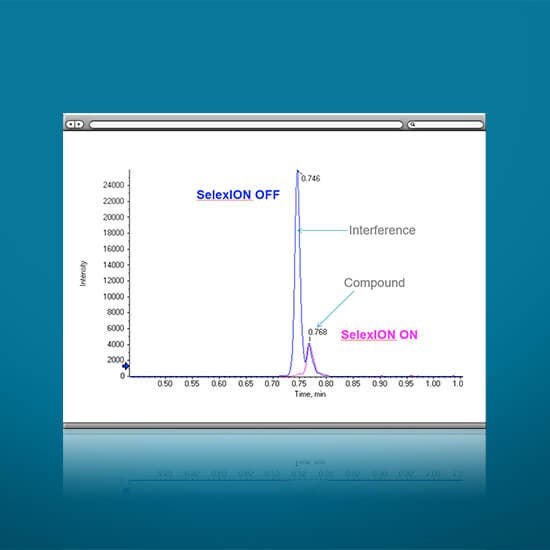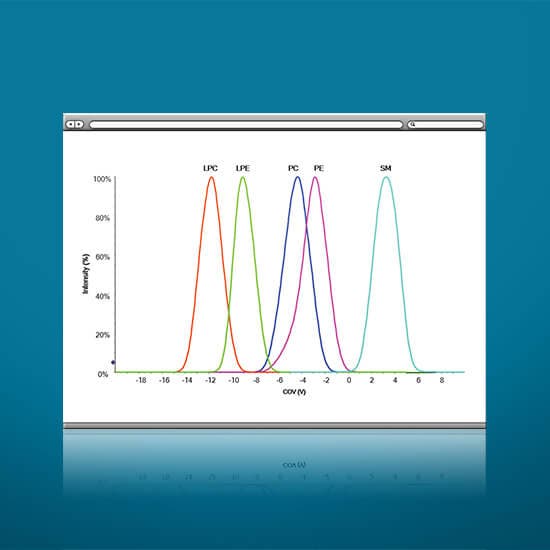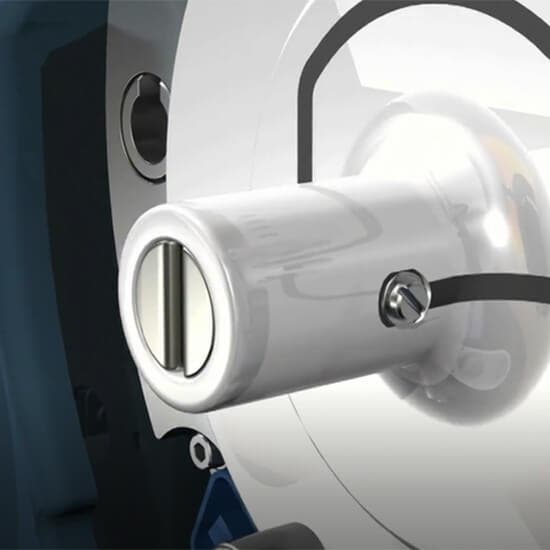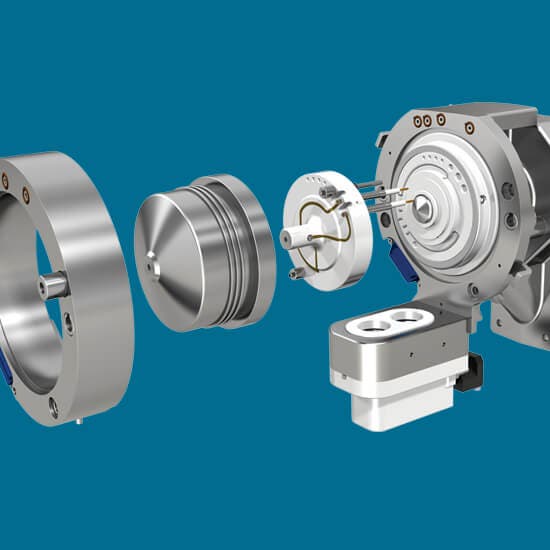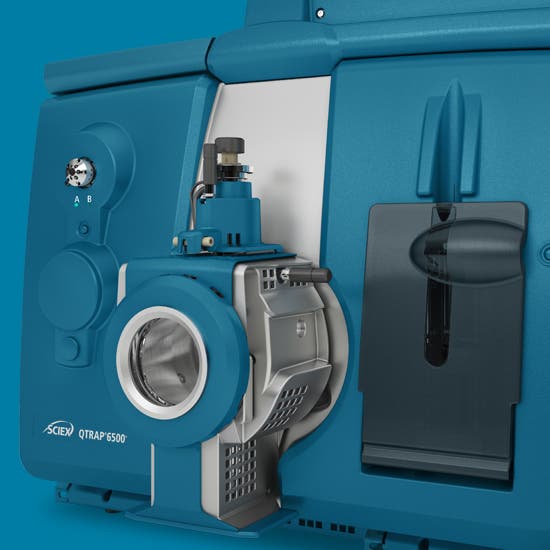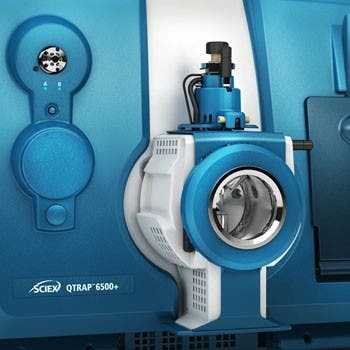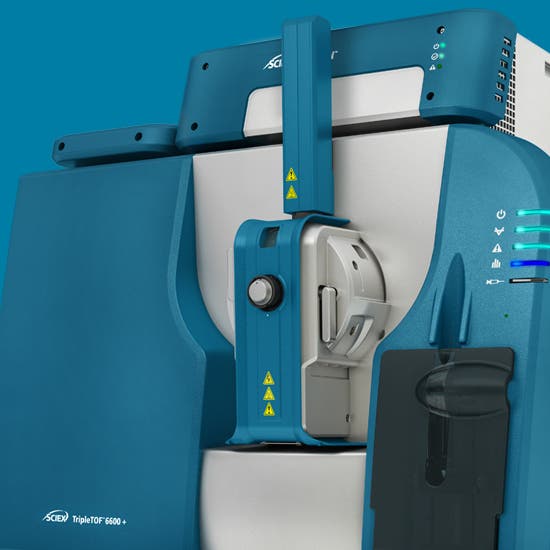Differential mobility spectrometry (DMS) and ion mobility spectrometry are analytical techniques used to separate hard to resolve ions based on their gas-phase mobility. Multiple types of ion mobility devices exist, such as drift tubes, traveling wave, and high-field asymmetric waveform devices. However, none carry the power of SCIEX SelexION® Technology that delivers highly-selective, robust and powerful ion separation that significantly enhances your quantitative and qualitative performance.
The SelexION® Differential Mobility Device can help you address your biggest analytical challenges:
- Overcome co-eluting matrix interferences and improve data quality in complex samples
- Separate isobaric compounds for increased confidence in detection
- Detect and quantify isobaric lipid molecular species for more accurate biological insights
- Reduce background noise that may be limiting your LOQ
- Save time with simplified sample preparation

